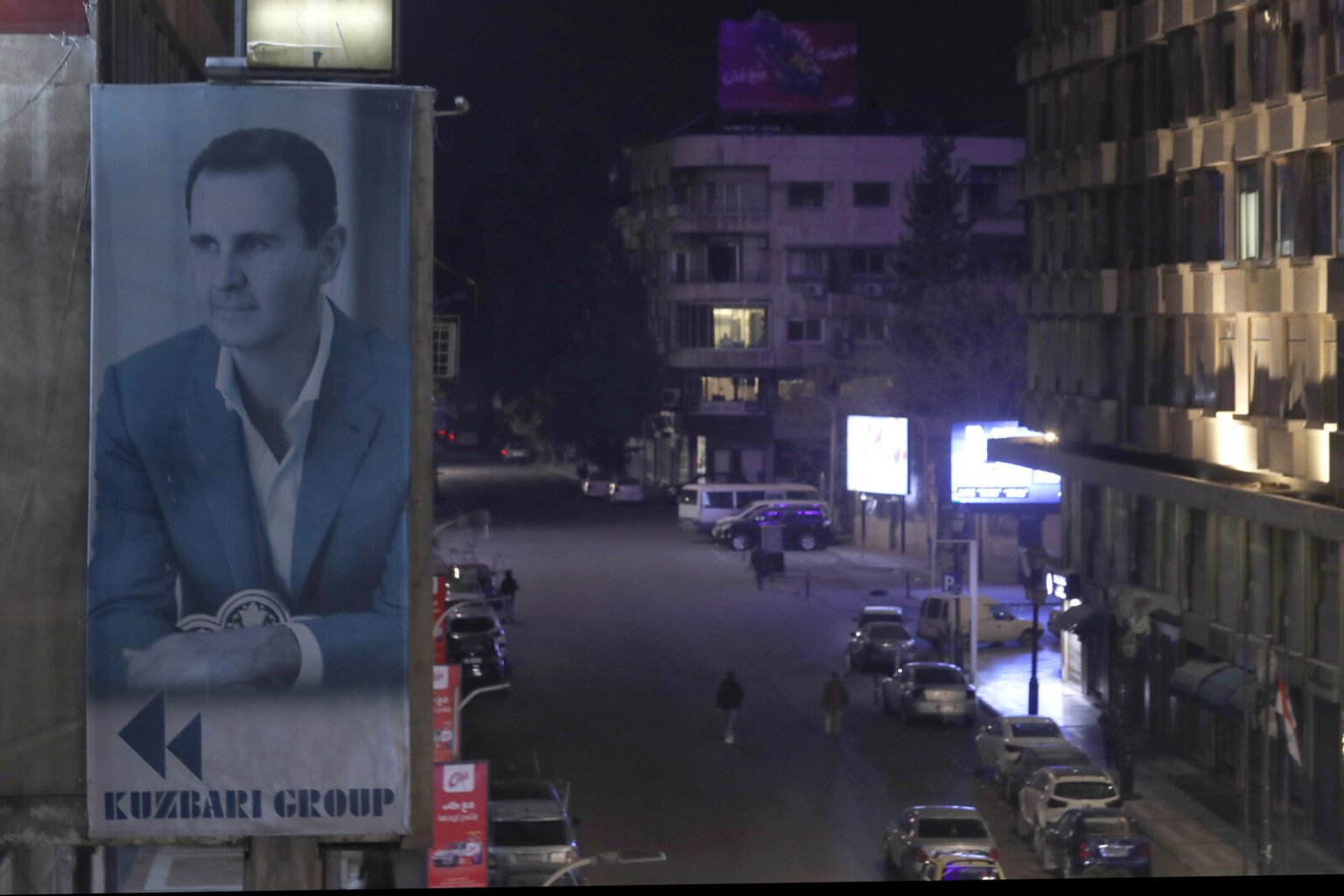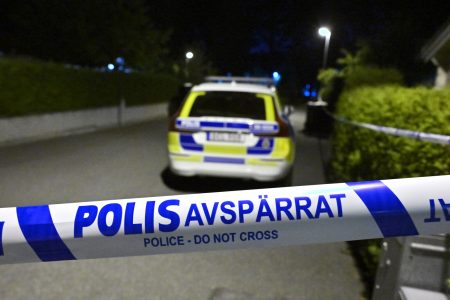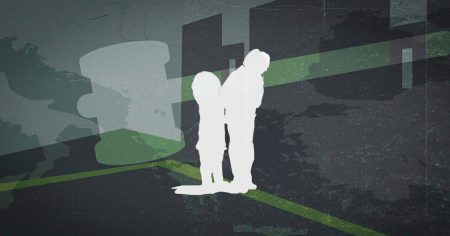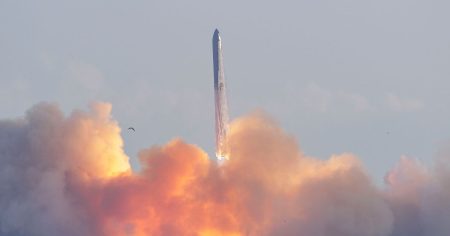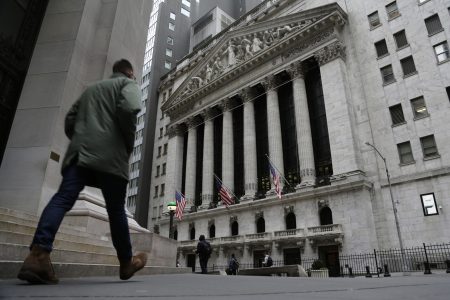The escalating conflict in Syria reached a fever pitch as reports of intense gunfire erupted within Damascus, signaling a significant shift in the protracted civil war. The Syrian capital, a long-held bastion of President Bashar al-Assad’s regime, found itself under siege as rebel forces launched a coordinated offensive, strategically positioning themselves within the city and its surrounding areas. This bold maneuver underscored the rebels’ growing strength and their determination to challenge the regime’s authority directly within its heartland. The withdrawal of regime security forces from Damascus International Airport following a private plane’s departure fueled speculation, raising questions about the possible evacuation of high-ranking officials or even President Assad himself. Simultaneously, reconnaissance units were reportedly searching for the Syrian president, further intensifying the sense of chaos and uncertainty gripping the capital.
The escalating violence plunged Damascus into darkness and digital isolation. Residents reported widespread power outages and severely disrupted internet connectivity, forcing them to shelter in their homes amidst the growing unrest. The suburb of Barzeh, located in the northeast of Damascus, fell under rebel control, marking a significant territorial gain for the opposition forces. These developments painted a grim picture of a city teetering on the brink, its citizens trapped in the crossfire of a deepening conflict. Adding to the complexity of the situation were unconfirmed claims from a spokesperson for jihadist fighters, alleging contact with high-ranking officials within Assad’s regime who were contemplating surrender. While the veracity of these claims remained uncertain, they highlighted the potential for cracks within the regime’s structure and the possibility of high-level defections.
The leader of Hayat Tahrir al-Sham (HTS), a prominent jihadist group operating in Syria, issued a triumphant statement declaring imminent victory. This declaration, coupled with the reported seizure of the notorious Saidnaya prison north of Damascus and the subsequent release of prisoners, represented a significant propaganda victory for the rebels. Saidnaya prison, a symbol of the regime’s brutal repression, had long been associated with accusations of widespread torture, extrajudicial killings, and human rights abuses against political prisoners and opposition members. Its capture by rebel forces, if confirmed, would be a major symbolic blow to the Assad regime and a potential turning point in the conflict.
The reported takeover of Saidnaya prison carried profound implications, not only militarily but also symbolically. The prison, infamous for its brutal conditions and alleged human rights violations, had become a potent emblem of the regime’s repression. Its liberation, though yet to be independently verified, offered a glimmer of hope for those who had suffered at the hands of the regime and their families. It also raised critical questions about the fate of the remaining prisoners and the potential for accountability for the alleged atrocities committed within its walls. The liberation, if confirmed, would mark a significant victory for human rights and a step towards justice for the victims of the Syrian conflict.
The unfolding events in Damascus represented a dramatic escalation in the Syrian civil war, pushing the conflict into a critical new phase. The rebels’ incursion into the capital, coupled with reports of high-level defections and the capture of strategically important locations, signaled a significant shift in the balance of power. The regime’s response to this intensified offensive remained uncertain, but the situation on the ground suggested a weakening of its control over the capital. The international community watched with bated breath as the situation unfolded, grappling with the complex dynamics of the conflict and the potential implications of a regime collapse.
The potential fall of Damascus would have far-reaching consequences, both domestically and internationally. Within Syria, it could lead to a power vacuum and further fragmentation of the country, potentially exacerbating existing sectarian tensions and creating opportunities for extremist groups to gain influence. Regionally, it could destabilize neighboring countries and trigger new waves of refugees. Internationally, it could reshape the geopolitical landscape of the Middle East and necessitate a coordinated international response to address the humanitarian crisis and security challenges that would inevitably follow. The events in Damascus marked a pivotal moment in the Syrian civil war, with the potential to reshape the trajectory of the conflict and its implications for the region and the world.





